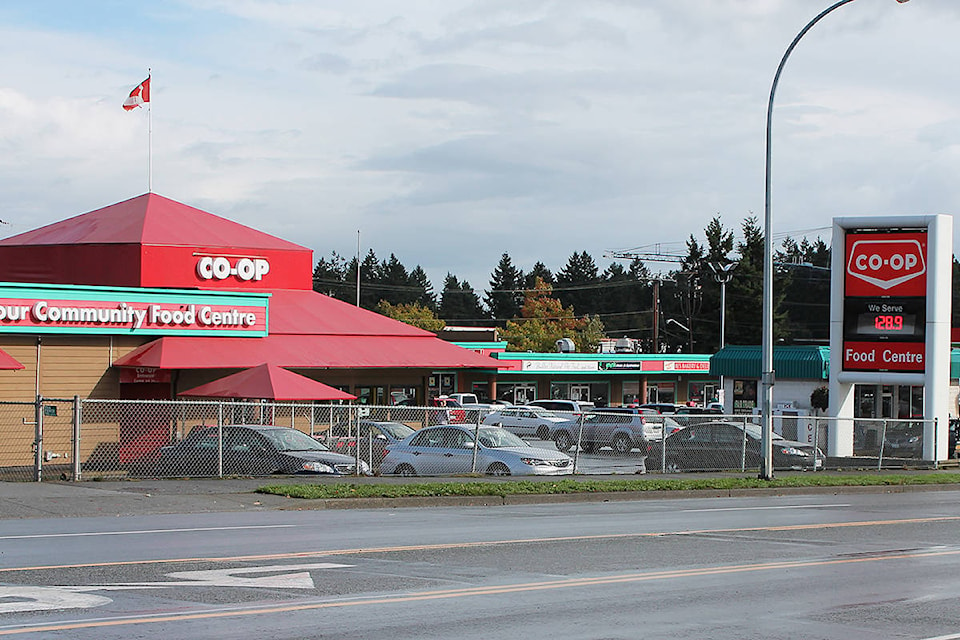Local business leaders applaud Central Saanich’s ambitious climate change goals, but also question key aspects of that agenda.
“Kudos, but are you the right vehicle, and what is it going to cost?” asked John Juricic, a local realtor, consultant, and partner with Harbour Digital Media, who has held a number of board positions with local and provincial business associations, including chair of the Greater Victoria Chamber of Commerce. He currently serves as a director on the Saanich Peninsula Chamber of Commerce and chairs the chamber’s Peninsula Industry Committee.
He made these comments when asked about Central Saanich’s new climate change goals. In early December, council approved the new goal of reducing community-wide greenhouse gas emissions 45 per cent by 2030 based on 2007 levels.
The number of electric vehicles (EV) on the road in the district would have to jump to 4,800 by 2030 from the current figure of 112 as of March 31, 2019, according to an accompanying staff report, which also outlines several steps to increase the number of EVs on the road. They include measures to enhance the private and public charging infrastructure. The new target figure means that 25 per cent of all vehicles in Central Saanich would have to be electric by 2030.
The goals are equally ambitious when it comes to the municipality’s buildings. According to the report, buildings account for 35 per cent of community-wide emissions. If Central Saanich wants to reach the new targets, 35 per cent of homes and businesses need to switch to zero-emission heating systems and reduce their energy use by 50 per cent by 2030. This figure means 140 homes and three per cent of commercial floor would need to be renovated annually, according to the report, which also outlines a number of measures towards that goal.
RELATED: Central Saanich accused of not following Climate Emergency declaration with urgent action
Juricic said the municipality deserves credit for being ambitious, but wonders whether it has the tools. “To what degree can municipalities without taxation authority [beyond property taxes] actually make an impact? I mean, what can they do with their land-use powers?”
Looking at the building stock, municipalities can use a combination of tougher building standards and financial incentives to bring about changes. Starting Jan. 1, Central Saanich is implementing the BC Step Code for new construction with Step 1 in 2020, and for 2021, either Step 2 or 3, depending on building type. Central Saanich has also created other incentives that encourage energy efficiency.
John Treleaven, an international trade consultant, who also serves as a director with the Saanich Peninsula Chamber of Commerce, said the tougher measures will increase the cost of housing, with questionable effects for climate, in pointing to research from the Victoria Residential Builders Association (VRBA).
RELATED: Central Saanich changes incentives for housing developments
RELATED: Head of Greater Victoria builders critical of stricter climate policy
“It is debatable whether the increase in the cost of housing that will be a consequence is worth from what I gather from [VRBA] is a fairly marginal increase in energy efficiency,” he said. The region might have declared a climate emergency, but it “definitely” has a housing crisis, he added later.
Treleaven, who is also involved with the Grump$ Taxpayers of Greater Victoria, also said local governments concerned about climate change should use the occasion to revise governance by combining various services among other measures.
“If you are really serious about the climate emergency, you can look at areas that are within the abilities of councils to absolutely control and that includes the service delivery model across the [Capital Regional District],” he said.
This said, Central Saanich deserves support for pursuing tougher measures, said Treleaven, who does not necessarily see Central Saanich’s agenda in conflict with industry.
“Let me make it clear though, that Central Saanich council is very much pro-industry, and clearly as a repository of a large amount of [Agricultural Land Reserve] land, they understand that they manage some agriculture,” he said. Treleaven said these fact leave him with no doubt that Central Saanich has considered the energy-intensive natures of industry and agriculture in its climate-change goal planning.
“It’s all very forward-thinking, but I think it could be more forward-thinking,” he said.
Supporters of Central Saanich’s tougher goals such Coun. Zeb King, have acknowledged the municipality has given itself ambitious goals while possessing limited tools, but have also warned against non-action.
Like us on Facebook and follow @wolfgang_depner
wolfgang.depner@
